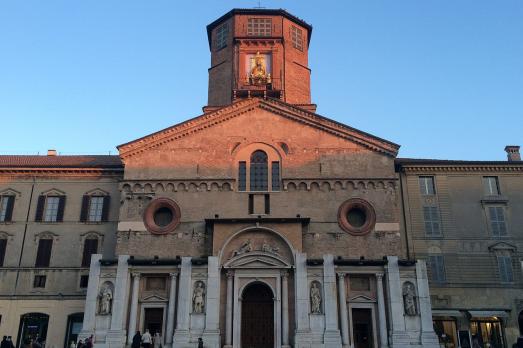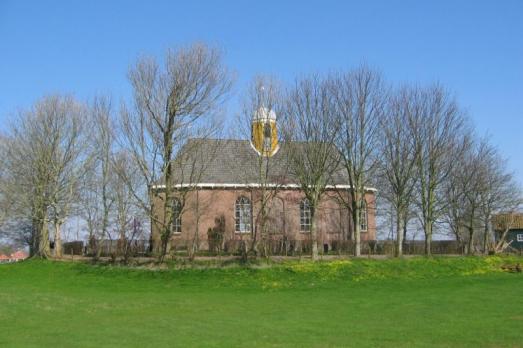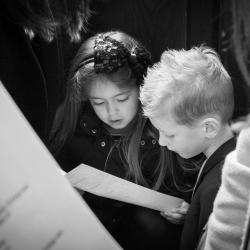
Reggio Emilia Cathedral
Reggio Emilia, IT
The existence of the Reggio Emilia Cathedral is first documented in the mid-9th century, but it must have existed as early as the 5th century. In 1268 the octagonal tiburium, the present bell tower, was built and the apse was given a curvilinear shape. In 1544 Prospero Sogari, known as Clemente, was commissioned to build the new façade. It was started sometime later but was soon interrupted due to lack of means. In 1599, the Sienese architect Cosimo Pugliani considerably modified the interior, incorporating the old Romanesque structure into a Doric entablature. The dome was designed in 1623 by Abbot Messori, a local architect. In the 1960s, the important Romanesque paintings on the façade were removed and placed in the diocesan museum, sheltered from the weather.






